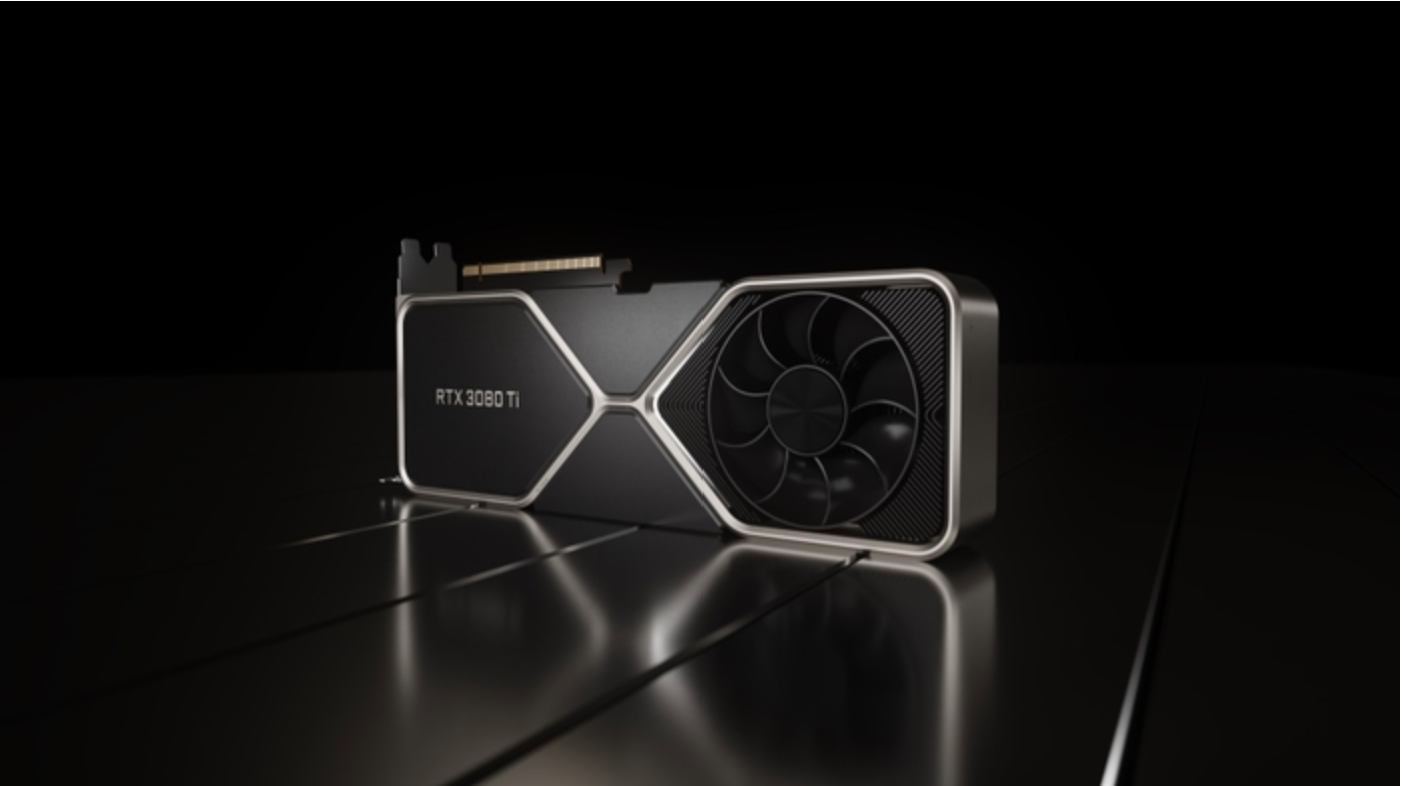Nvidia expanded the support of RTX SDK to ARM and Linux, Supports ray tracing and DLSS
In this year’s GTC 2021 keynote speech, NVIDIA CEO Jensen Huang briefly mentioned that he will cooperate with MediaTek. According to the content of the slide show, MediaTek will be licensed for GeForce RTX 30 series GPUs and will apply Ampere-based graphics cards to ARM-based processors in the future. With the acquisition of ARM by Nvidia, I believe Nvidia and ARM will get closer.

Image: Nvidia
These two demos are from Wolfenstein: Youngblood from Bethesda Softworks and MachineGames, as well as The Bistro from the Open Research Content Archive, while using ray tracing technology, the two also use DLSS to increase the frame rate through GPU-accelerated deep learning algorithms. The platforms on which the two Demos run are built using Nvidia GeForce RTX 3060 and MediaTek Kompanio 1200 processors: Wolfenstein: Youngblood uses the idTech game engine made by id Software, while The Bistro uses NVIDIA’s sample framework.
Nvidia hopes that future PC games will not rely on x86 processors. As games increasingly rely on GPU computing power, a fast enough ARM processor can meet the performance requirements of games. In order to implement support for ray tracing and DLSS on the ARM platform, Nvidia extended the RTX SDK support to ARM and Linux, and the toolkit contains five key technologies:
- Deep Learning Super Sampling (DLSS), which uses AI to boost frame rates and generate beautiful, sharp images for games
- RTX Direct Illumination (RTXDI), which lets developers add dynamic lighting to their gaming environments
- RTX Global Illumination (RTXGI), which helps recreate the way light bounces around in real-world environments
- NVIDIA Real-Time Denoisers (NRD) a denoising library that’s designed to work with low ray per pixel signals
- RTX Memory Utility (RTXMU), which optimizes the way applications use graphics memory





